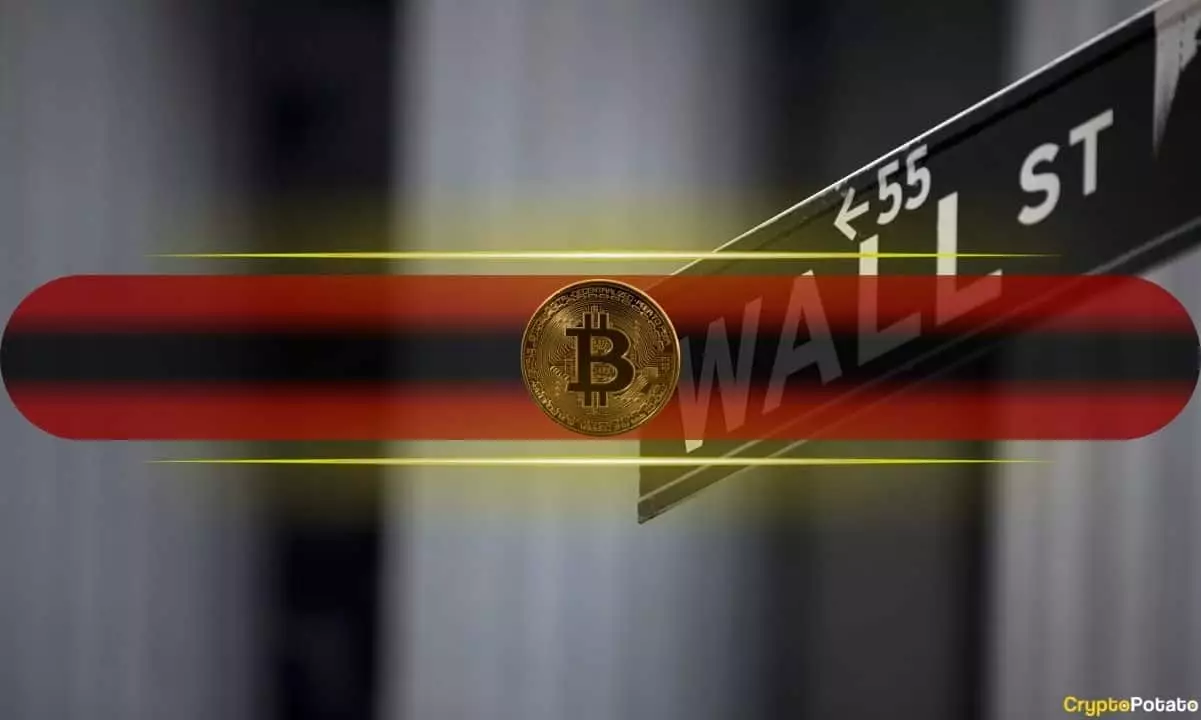In a shocking turn of events, cryptocurrency markets have faced a staggering plummet of 10% in under 24 hours, culminating in the exodus of over $240 billion from the digital asset realm. Such cementing losses evoke memories of the chaotic market landscape back in March 2020, when a global pandemic sent the financial world into a tailspin. This unsettling trend indicates not just a downturn in cryptocurrency but a broader malaise that is now permeating the stock market, as futures sag under a palpable dread reminiscent of a depression-era mindset.
Market Indicators: A Major Red Flag
Stock market futures have dipped a dramatic 15% in just three days, compelling analysts to draw parallels with economic lockdowns. The Kobeissi Letter aptly characterized this situation, likening it to a collective retreat to the sidelines, with sentiment levels plummeting to numbers last seen during the COVID-19 pandemic. The recent volatility reflects a bearish sentiment that seems almost unprecedented; investors are gripped by a fear that seems to echo the darkest days of 2020.
Investors are also transfixed by the sluggish performance of commodities. Oil prices are dangerously hovering below $60—a troubling indicator that suggests a collapse in demand. Gold has seen a swift drop of $180, suggesting a diversified flight to cash rather than a rush to safety commodities. Meanwhile, bond prices have soared as they are often viewed as safe havens during economic panic. Collectively, these movements indicate more than mere market fluctuations; they herald a significant crisis of confidence.
The Reaction: Governments, Capitalism, and Public Sentiment
Investors seem collectively disenchanted, especially after the prolonged silence following hopes of a trade deal. The aftermath of such disappointment is palpable—markets thrive on expectations, and when hopes are dashed, panic ensues. The lack of assurance has many echoing ex-presidential remarks about enduring necessary “medicine.” This sentiment feels particularly stark in uncertain economic times, yet it concurrently fails to offer a tangible solution.
Meanwhile, international markets have similarly floundered, with Asian stock indices registering double-digit declines upon trading resumption. The application of “circuit breakers” underscores the severity of the situation—trading halts designed to stave off panic sales have become necessary, which is a dire recognition of the potential for market chaos. Economic expert Raoul Pal referred to the situation as “the delicious smell of peak fear,” trying to find a silver lining in this tumultuous environment. However, such optimism seems inconsistent with the experiences of many crypto investors who anticipated a prosperous year after a period of volatility.
The Path Forward: A Glimmer of Hope or a Path to Ruin?
Even in economic despair, there are arguments for potential opportunity. The concept of looking for hidden cash to invest during these downturns could lead to significant returns down the line in an eventual bull market. But amid such volatility, confidence is paramount; it is easier said than done.
The prospect of accumulation during bear markets remains contentious. For many seeking stability in their portfolios, the current climate feels more like a nightmare than an opportunity for growth. Until we see meaningful recoveries and a solidified path forward, skepticism will likely remain the prevailing sentiment among investors, particularly in the digital currency sector.

